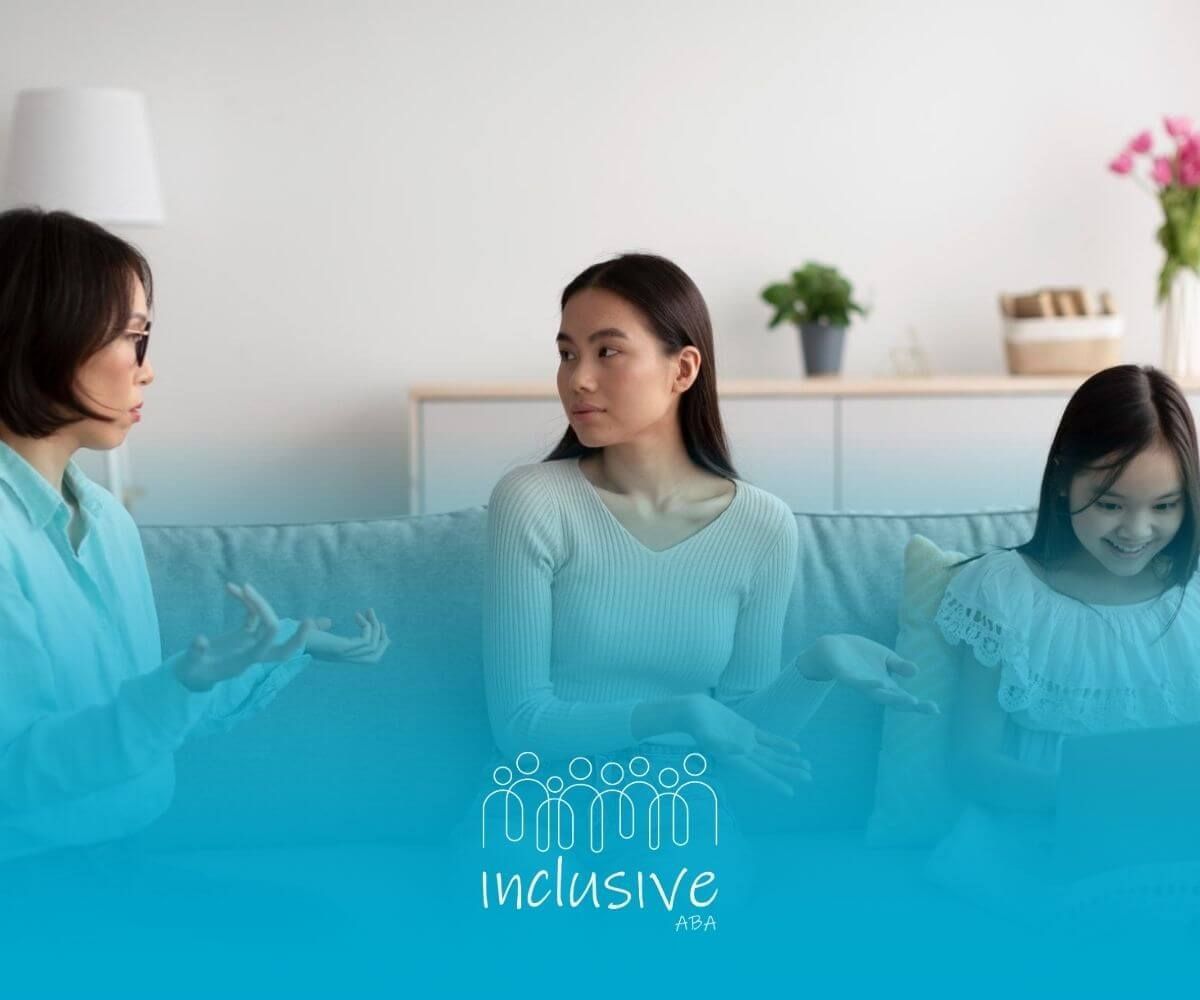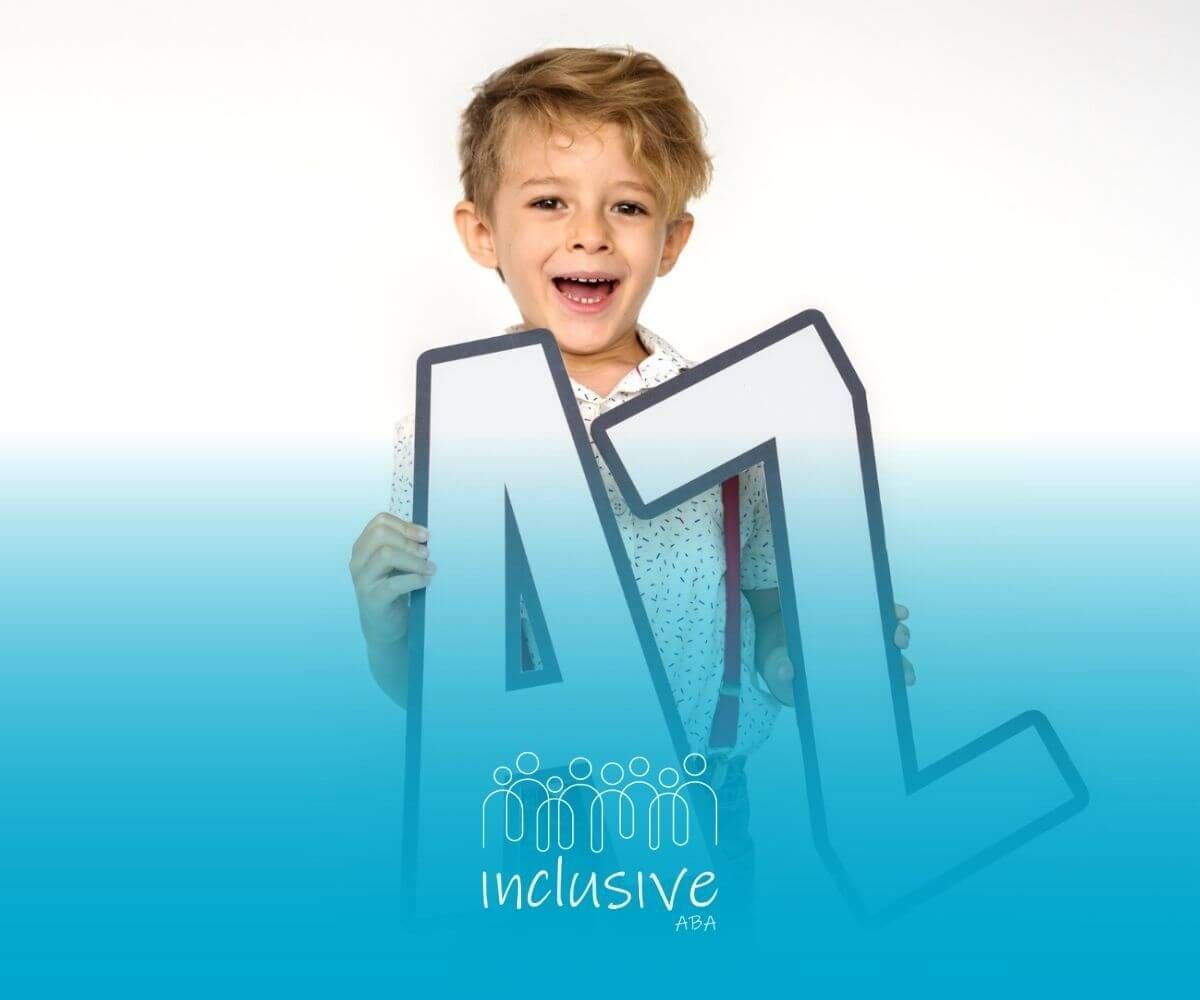Minimum Weekly ABA Therapy Hours, Explained
Key Highlights
- ABA therapy sessions typically range from 2 to 5 hours per day, depending on the child’s needs and therapy goals.
- The recommended hours of ABA therapy fall between 10-40 hours per week, with adjustments made by an ABA therapist based on progress.
- Behavior therapy plays a crucial role in improving a child’s social skills, communication abilities, and reducing maladaptive behaviors.
- The intensity of ABA treatment varies for each individual child based on their unique assessment and situation.
- Applied Behavior Analysis services use evidence-based methods to create tailored interventions for children, especially those on the autism spectrum disorder.
Knowing how many hours of ABA therapy to commit to can feel like solving a puzzle with missing pieces. Should it be 10 hours? 40? Somewhere in between?
I’ll never forget working with a family whose 5-year-old daughter was nonverbal and struggling with daily transitions. After an in-depth assessment, we started with 20 hours of home-based ABA therapy per week.
Within a couple of months, her ability to communicate her needs—through gestures and later simple words—was life-changing. It wasn’t the number of hours alone; it was that they were tailored to her needs.
Why ABA Therapy Hours Matter
More Time Can Mean More Progress—But It Depends
When my own nephew started ABA therapy, the number of hours felt overwhelming at first—30 hours a week?We wondered if it was too much. But we quickly learned those sessions weren’t just "time blocks"—they were chances for real growth.
Most children receive anywhere from 10 to 40 hours of ABA therapy per week, depending on their needs. More intensive therapy for autism often leads to faster gains, especially when started early. But quality matters just as much as quantity.
Factors That Influence ABA Therapy Hours
What Therapists Look At When Creating a Plan
Every child is different, so therapy should be too. Here’s what therapists consider when recommending a number of weekly hours:
1. Your Child’s Current Skills and Challenges
Some children need help with just a few skills, like social interactions. Others may need more support across many areas.
2. Age and Developmental Stage
Younger children (ages 2–5) often benefit from early, intensive therapy—usually 15–25 hours per week.
3. Severity of Autism Symptoms
Milder cases may only need 10–15 hours. More severe challenges often call for 30–40 hours.
4. Family Routine and Availability
Therapists also consider school, other therapies, and your family’s schedule. Therapy should support—not disrupt—your child’s daily life.
How Assessments Guide ABA Hours
Starting with a Clear Picture
Before anything begins, a Board Certified Behavior Analyst (BCBA) will assess your child. This includes interviews, observations, and sometimes standardized tools.
The assessment helps answer questions like:
- What skills does your child already have?
- What behaviors might be getting in the way of learning?
- What goals should we work toward?
Once that’s clear, the therapist creates a personalized plan. And just as importantly—those plans aren’t set in stone. They adjust as your child grows.
Recommended ABA Hours by Age and Need
What Typical Plans Might Look Like
Here’s a general guide to help you understand what’s usually recommended:
Ages 2–5
- Mild Needs: 10–15 hours/week
- Moderate to Severe Needs: 20–30+ hours/week
Early intervention for autism can have a huge impact at this stage. Even short, focused sessions can help build strong foundations.
Ages 6+
- Mild to Moderate Needs: 10–20 hours/week
- Severe Needs: Up to 30–40 hours/week
Older children may need fewer hours if they already have strong basic skills. But therapy can still help with social skills, classroom behavior, or emotional regulation.
Types of ABA Therapy That Affect Time
Not All ABA Looks the Same
There are a few common approaches used in ABA, and your therapist may combine them:
Discrete Trial Training (DTT)
Structured, one-on-one learning that breaks skills into steps.
Natural Environment Training (NET)
Teaching in real-life settings like home or playgrounds.
Pivotal Response Training (PRT)
Focuses on key areas like motivation and response to cues.
Each approach has its own rhythm and time commitment. Your child’s therapy plan may include a mix of these styles.
Can Less Than 10 Hours Still Help?
When Fewer Hours Still Make a Difference
Not every child needs 40 hours a week. In fact, too many hours can be overwhelming for some families and children.
For kids with mild symptoms—or for families just getting started—10 hours a week can still bring visible progress.The key is consistency and working on the right goals.
If you’re unsure where to start, it’s okay to begin with fewer hours and increase based on results.
How Therapy Hours Change Over Time
Growing with Your Child’s Progress
ABA isn’t a forever plan—it evolves. As your child learns new skills, therapy hours may decrease or shift focus.
Regular re-evaluations make sure your child isn’t stuck working on outdated goals. For example, if they’ve mastered communication basics, the focus might shift to independence or peer interactions.
Don’t be afraid to speak up during check-ins. Your input matters.
Insurance and ABA Therapy Hours
Will My Plan Cover the Recommended Hours?
Most insurance plans in the U.S. cover ABA therapy—but the amount varies. Some cover only 10 hours per week, while others follow BCBA recommendations more closely.
Check with your provider and ask:
- Is ABA therapy covered?
- Is there a weekly hour limit?
- What documentation is needed?
If you hit limits, your therapist can help advocate for the hours your child needs. See how your insurance can help cover ABA therapy costs and make sure your child gets the full support they deserve.
Signs Your Child Might Need More (or Fewer) Hours
Watch for These Clues
Here are a few signs that therapy hours might need to be adjusted:
Your child might need more hours if:
- Progress has slowed down
- New challenges have come up
- They’re not meeting current goals
Your child might need fewer hours if:
- They’ve reached key milestones
- They seem tired or resistant
- They’re thriving in school and daily life
Talk to your BCBA about any changes. Adjusting hours is a normal part of the process.
Conclusion: The Right Amount of ABA Therapy Is the One That Works
ABA therapy isn’t just about checking off hours. It’s about creating meaningful change in your child’s life.
Whether your child needs 10 hours or 40, the most important thing is that the therapy is tailored, thoughtful, and flexible. The right amount of support can help your child build confidence, connect with others, and grow in ways that matter most.
If you’re not sure how many hours your child might need, reach out to Inclusive ABA. We're here to help you.
FAQs
What’s the minimum number of ABA therapy hours?
Most therapists recommend at least 10 hours a week to see consistent progress. But the exact number depends on your child’s needs.
Can a child benefit from fewer than 10 hours of ABA therapy?
Yes—especially if their needs are mild or if they’re already in a supportive school environment. Fewer hours may still lead to steady gains.
How often should ABA therapy hours be reviewed?
Therapy plans should be reviewed every few months. Your child’s BCBA will adjust the plan based on progress and feedback.
Sources:
- https://www.cdc.gov/autism/treatment/accessing-services.html
- https://pmc.ncbi.nlm.nih.gov/articles/PMC9857540/
- https://pmc.ncbi.nlm.nih.gov/articles/PMC8108110/
- https://www.nature.com/articles/s41598-022-27198-4
- https://psychiatryonline.org/doi/10.1176/appi.pn.2024.09.9.6
Looking for Expert Help? We're Here for You!
Our compassionate and skilled team is devoted to enhancing your child's development through customized ABA therapy. Let us partner with you to create a supportive environment for your child's success.
Discover how we can help your family thrive with expert ABA therapy.
Related Posts







